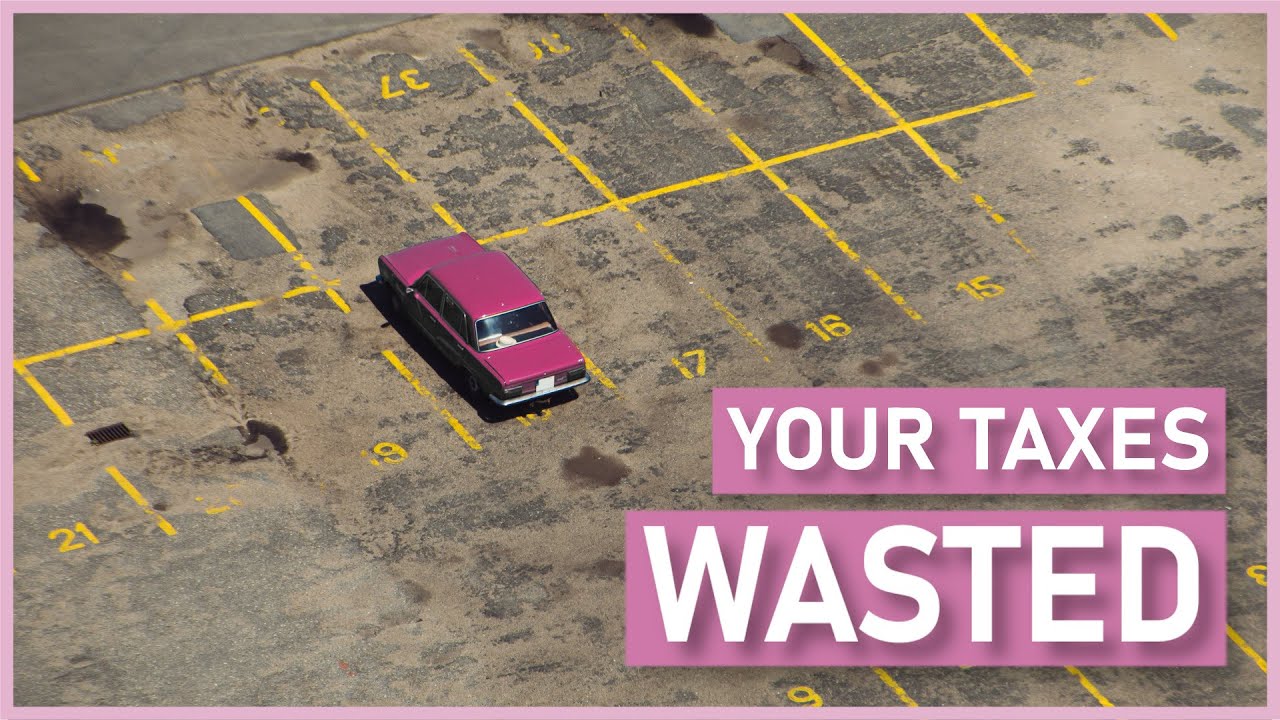

“Baseload generator” isn’t a useful concept. And grid reliability (which is a useful concept) is thought about. It just doesn’t fit into a soundbite like winddon’tblowsundon’tshine.
Here’s an example of a full plan https://aemo.com.au/en/energy-systems/major-publications/integrated-system-plan-isp/2022-integrated-system-plan-isp
Or a simpler analysis on the same grid: https://reneweconomy.com.au/a-near-100pct-renewable-grid-for-australia-is-feasible-and-affordable-with-just-a-few-hours-of-storage/
For reference, 5kWh home batteries currently retail for about $1300 so this would add <10% to the capital cost compared to recent nuclear projects. Pumped hydro is about half the price per capacity, but a bit more per watt. The former is dropping at 10-30% per year, so by the time a nuclear plant is finished, storage cost would be negligible.
Here’s a broad overview of a slightly simplified model https://www.nature.com/articles/s41467-021-26355-z demonstrating similar is possible everywhere.
Even in the counterfactual case where the ~5% of “other” generation is only possible with fossil fuel, focusing on it is incredibly myopic because the resources spent on that 1% of global emissions could instead be used for the other 70% which isn’t from electricity and has different reliability constraints.






Four points:
The profile of other is short spikes 5-100 hours a few times a year.
1 year of delay is equivalent to 20 years of exclusively using fossil fuels for “other”.
It’s not even obvious that adding nuclear reactors would reduce this because they’re so geographically and temporally inflexible. France has 63GW of nuclear capacity, <45GW of average load and 61GW of winter peak load with vast amounts of storage available via interconnect to hydro countries. They still use 5% gas on top of the rest of the “other” (which is about 10-25GW).
5% of other from gas adds about 20g CO2e/kg per kWh to the total. Less than the margin between different uranium sources.
Running 40% of the capacity 10% of the time puts your nuclear energy in the realm of $1-3/kWh. The list of ways of generating or storing 6% of your energy for <$1/kWh is basically endless.
That’s about 4-8TW of capacity worldwide. 1kg of uranium is good for fuelling about 750W of reactor on a 6 year fuel cycle. Loading those reactors would require digging up all of the known and assumed-to-exist uranium immediately.
Nuclear is an irrelevant distraction being pushed by those who know it will not work. You only have to glance at the policy history or donor base of the politicians pushing for it in Sweden, Canada, Australia, UK, Poland, etc etc or the media channels pushing it to see how obvious it is that it’s fossil fuel propaganda.
It is obviously obviously true that it’s a non-solution. It fails on every single metric. All of the talking points about alleged advantages are the opposite of the truth without exception.